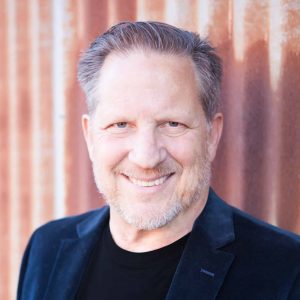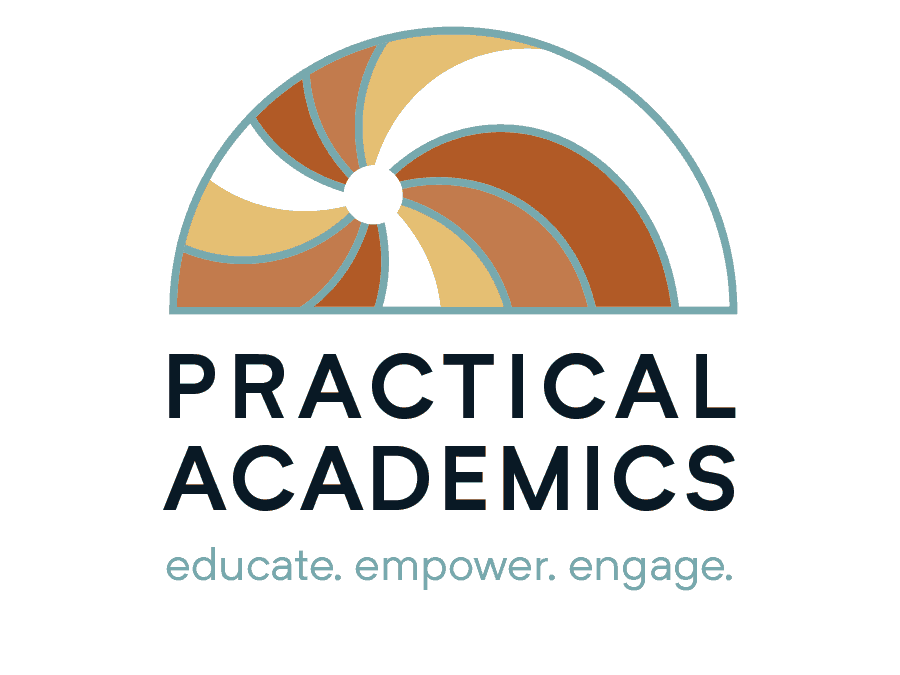This is a short origin story and an invitation to a new education community.
Over the last fifteen years I’ve worked in education in a variety of contexts and forms: public, charter, corporate, and Adult Ed.; elementary through graduate school and programs for adults and retirees; classroom, online, and blended. Along the way I have served in a variety of roles: educator, charter school board chairperson, high school district trustee, community development task force member, a blogger, and an entrepreneurship coach.
Teaching was a second career for me. I brought a value- and quality-driven focus from my first career in operational management in tech businesses. My strengths as a coordinator, translator, problem-solver, and communicator were matched well with program management, implementation, sales, and business operations. Having these perspectives and the opportunity to develop curriculum sparked my entrepreneurial spirit and rooted me in my calling as an educational entrepreneur.
I never intended to retire as a K-12 teacher; teaching allowed me time and space to raise my sons (as an adoptee, this was at the top of my personal bucket list). Since I was not seeking a teacher’s retirement, I had the flexibility to explore the field and to think out of the boxes that abound in K-12. Recent innovations in education are around the use of technology-driven by our lean startup model of business development.
I’ve observed two problems here: tech is not a panacea, just additional tools: Videoconferencing did not put the airlines out of business. Real learning requires engagement which requires relationship. Too often tech oversteps, supplants and degrades relationships. Facebook is not a platform for developmental dialog, it is a platform that aggregates clients for marketers (If you’re not paying for it, then you are the product). Education models and tools come and go, but the core human principles remain.
The second problem is the development cycle of tech: the survival imperative. Tech, by its nature, targets early adopters: if you don’t win the race to customers, you are not around for the next round of funding. I was still in tech in the early days of cloud-based applications. It was a brutal, exciting, and expensive space. Over the years of the latest and greatest tools, teachers have become skeptical of tech. Where is the measurable impact on learning? What tools have made it to general acceptance? Administrative tools: SIS for attendance, tablets for real-time polling, and shared drives for workflow storage and tracking. Adaptive software is promising but too focused on tracking on-screen time than on learning. Teachers are skeptical of the latest gadgets: they know that teaching is hand-to-hand combat; learning is the product of time and effort.
But there are some seismic shifts. Cloud-based tools and big data are making significant progress, and the ubiquity of smartphones has set up the playing field. I’ve come to favor the emerging models of personalized and blended learning as significant opportunities to develop independence and engagement in students and to improve education efficacy.
In a Personalized Learning program, the student’s strengths, interests, and goals are assessed, incorporated, and supported throughout the program. In doing this, we set an environment for students to become more engaged, and we signal to the students that their ideas matter: they can explore and develop their own pathways to success.
Blended learning — part online and part in person — uses the best of each instructional form. Students access content online at their convenience and to the depth and breadth that they need and wish to, and then can interact with their cohort at the time and place of their choosing. Classroom time is then freed to focus on team building (trust), complex communications, and interactive programs/activities. Blended breaks up the 56-minutes class model and unshackles programs to better meet student needs.
Throughout my career, I have had an overriding focus on quality, efficacy, and empowerment. My personal ethic is to live a full and complete life, and I seek to foster that ethic in those that I support. I gravitate to value and impact. Personalized and Blended Learning models offer opportunities for significant growth by moving students from a pedagogical model to an andragogical model: to becoming self-directed lifelong learners. It’s an audacious statement, but I believe these models will impact our world on the scale of the Gutenberg press: fundamentally extending learning to all and providing the context and tools for each of us to develop to our fullest capabilities.
Unfortunately, for most schools, leaving the traditional schedule will require courageous leadership and a generation of proof. Pedagogical practices assume a recalcitrant learner, homework is slowly receding from the gravity of the slippery slope; the barrier of the school calendar is a steel box. So, where to begin? Where is the adoption of these new innovations possible? My answer to that question leads to a set of programs, each with their own market: for young adults, career development, financial and life skills. For adult learners, personal and professional development programs serving specific industry niches, career, and retirement transition, and civic / consumer education.
In developing these programs, we’ve needed to develop a delivery platform. What started with a trial class with the Canvas LMS, has grown to become a set of programs, tools and processes, and along with business services and marketing programs. Practical Academics offers a complete suite of services to enable the independent mentor to establish and build their own programs focused on student success. If this prospect appeals to you, if you have an expertise in any of these fields (even if you are not a “teacher”) — and particularly with civic and consumer education, if you have the desire to participate as a curriculum developer and/or as a mentor/teacher, please contact me to start a conversation.

Michael Freedman
April 30, 2018


Recent Comments